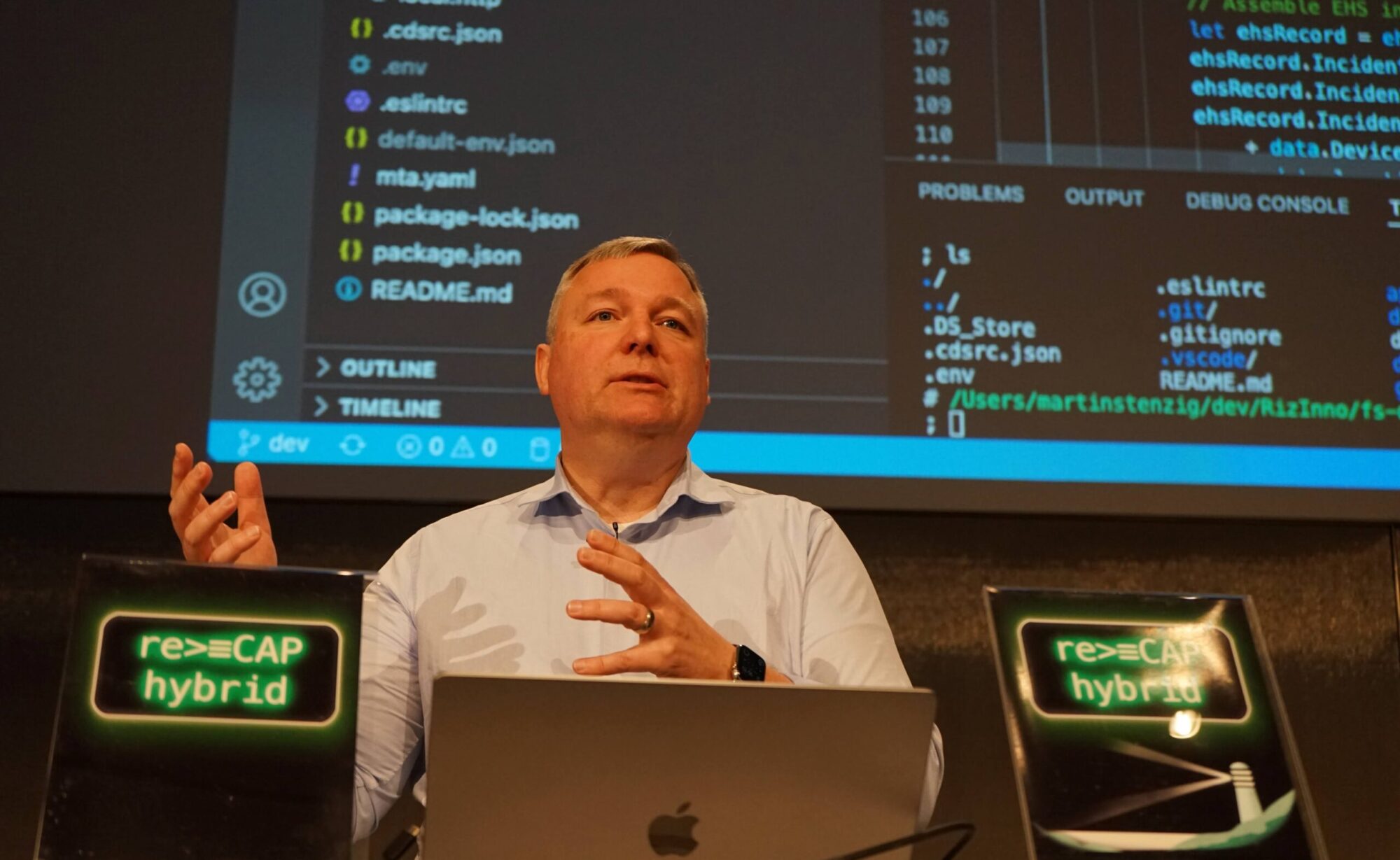
Image sourced from https://www.synergisticit.com/how-can-jobseekers-navigate-the-challenges-of-the-job-market-during-recession/
As the recession looms, SAP customers will need to make some changes going into 2023. For current SAP customers, economic trends have made the transition from R/3 systems to S/4 HANA more challenging, while potential customers are now weighing their options to decide if it’s worth starting the transition at all. On the one hand, customers are becoming increasingly cost-conscious due to the economic downturn. They are eager to reduce spending, and less likely to want to pay for SAP technologies. On the flip side, companies in regulated industries will still be required to run a supported system, thus making ERPs like SAP necessary regardless of their cost. Additionally, enterprises using an SAP ERP will have to migrate to S/4HANA by 2027, meaning that many cannot afford to wait until the economy gets better.
Prior to recession concerns, many companies were struggling with their S/4 transition, either due to a lack of corporate buy-in or appropriate skills. Still, the challenges of the coming year will no doubt create new obstacles. The best option is to identify where SAP customers might struggle in their transition process and present solutions to make the process easier to navigate.
To undergo a successful migration, you must commit your best resources to the project. As I’ve discussed before, this can be quite involved. SAP customers must start the journey as early as possible, build a business case, estimate their implementation duration, and find the right implementation partner. However, the first step is determining the best possible path for transitioning from R/3 systems to SAP S/4 HANA. There are three main migration paths that customers can take:
- Technical Upgrade
With a technical upgrade, users update their existing systems without necessarily taking the time to build them into their larger business structure. This can be appealing because it’s almost always the cheapest option. However, it will still require some money and changes to system configuration and processes. While the short-term costs are lower, the long-term result is usually all-costs with minimal benefit, offering little in a business case.
2. Full Business Transformation
Some businesses aim for more extensive efforts, embedding the technical changes they’re making into a much larger business transformation undertaking. Many businesses are hesitant to make this call since the costs are high and it requires a company-wide effort, meaning everyone needs to be on board for it to work. However, the benefits ultimately offset the costs with companies often seeing major gains in profit and operational efficiency. Additionally, a full business transformation doesn’t require profound organizational change management, as users become part of the transformation.
3. Best Practice-Based Approach
A ‘best practices’ approach can be seen as a middle ground between a minor technical upgrade and a more in-depth full business transformation. Companies rely on industry best practices as their starting point rather than trying to determine a unique path for their company specifically. They go with standard processes and configurations, only being truly unique when it comes to competitive differentiators. This approach is generally more worthwhile than a simple technical upgrade, driving a substantial amount of operational efficiency improvements while keeping migration costs low. That said, it requires more of a leadership commitment and higher effort in organizational change management compared to a full business transformation.
Even with a clear migration path in mind, SAP customers will likely face some pushback as they look to migrate to S/4 HANA, especially as the recession takes hold. Still, there are options for SAP customers looking to “sell” others on the migration process. There are two major options to explore: lowering costs and showcasing business value.
The first option is the most obvious one: one of the biggest reasons that top leadership resists tech initiatives is because it’s expensive. Finding ways to lower costs can help significantly in getting others on board. This starts by working with your trusted SI to work out new commercial models, along with efforts to try and lock in rates or capacity. Some simple optimization can go a long way toward reducing costs and driving value in the process.
The more difficult and rewarding path is to push the value of SAP services to encourage continued usage and migration. This involves finding pockets of high-value business processes to clean up to balance and improve one’s business case. From there, simple AI additions can be implemented, which have the potential to unlock millions of dollars in annual benefits. SAP solutions can cut costs and boost efficiency, so highlighting those benefits prove that the expenses are worthwhile in the long run.
While there’s no doubt that the recession will create challenges going forward, SAP is dedicated to helping customers unlock the full potential of their business and make their investments worthwhile.

